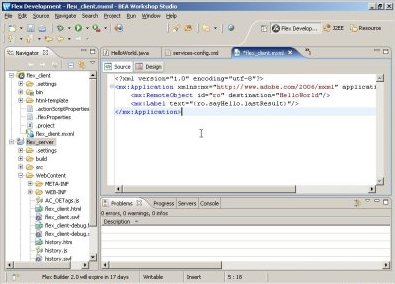JavaOne 2008 Festivities
JavaOne 2008 begins in just over a week! Adobe is a sponsor again so you will find me in the booth when I’m not out at the many JavaOne parties. On Wednesday night Adobe will be hosting their party at Jillian’s. Preceding the party Chet Haase and I will be presenting a quick, fun session about Flex. More details at http://flex.org/javaone
Also on Monday at CommunityOne I’ll be doing a Lightning Talk and participating in a panel.
